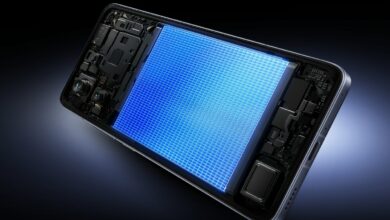After 8 years, Apple’s original AirPods design is finally gone, and I won’t miss them — but I love their legacy
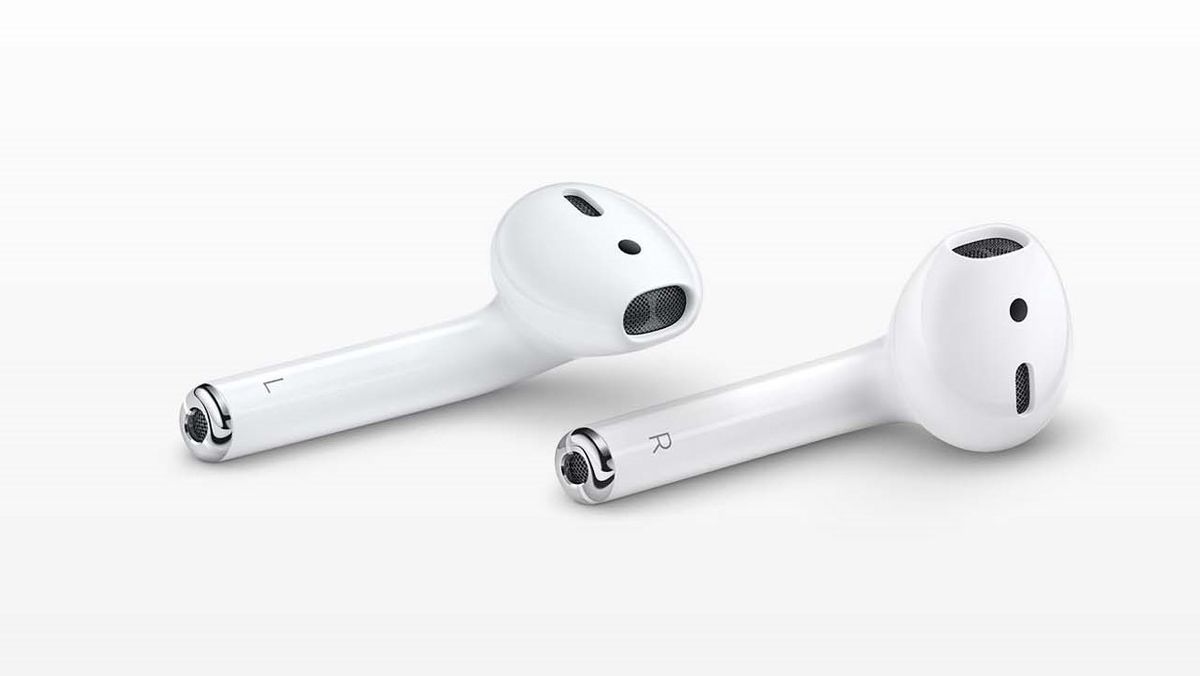
It hadn’t really caught my attention until now, but Apple has been selling AirPods with the same design for eight years now, since they originally launched in December 2016.
When the 2nd generation AirPods came out, the internals and sound were improved, and new features were added. However, the design of the earbuds and the case remained largely the same.
Only now, with the arrival of the AirPods 4, is this design finally being retired, a design that has massively influenced and revolutionized the world of the best true wireless earbuds.
I’ve never really liked this design, so I’m not really sad to see it go. But it does feel like the end of an era, and I have to admit that some of the best earbuds in the world, including the ones I actually use every day, owe a huge design debt to them.
AirPods certainly weren’t the first true wireless Bluetooth earbuds. The Bragi Dash and Earin earbuds were essentially battling it out for that honor circa 2015 (seems like Bragi announced it first but Earin released it first, so take your pick). I should also mention the Sennheiser MX W1 as an early pioneer in this area from 2008 (but those used a custom transmitter and each earbud was the size of a gerbil).
By 2016, it was clear to everyone in the tech world that true wireless earbuds had the potential to be a huge success. Apple’s old rival Samsung had gotten ahead of AirPods, releasing the Samsung Gear Icon X just months before AirPods arrived.
But none of these early earbuds really mattered to the general public. The Bluetooth standard hadn’t been updated for this kind of dual-band transmission, so companies used tricks to make it work. (One technique, for example, used hearing aid transmission technology to beam from one earbud to the other, which offered zero latency but was prone to interference.) Connection reliability and battery life were poor, and people weren’t interested in the round earbud design common to early models.
AirPods were both a step forward and a step backward compared to their predecessors. In both cases, it was a benefit.
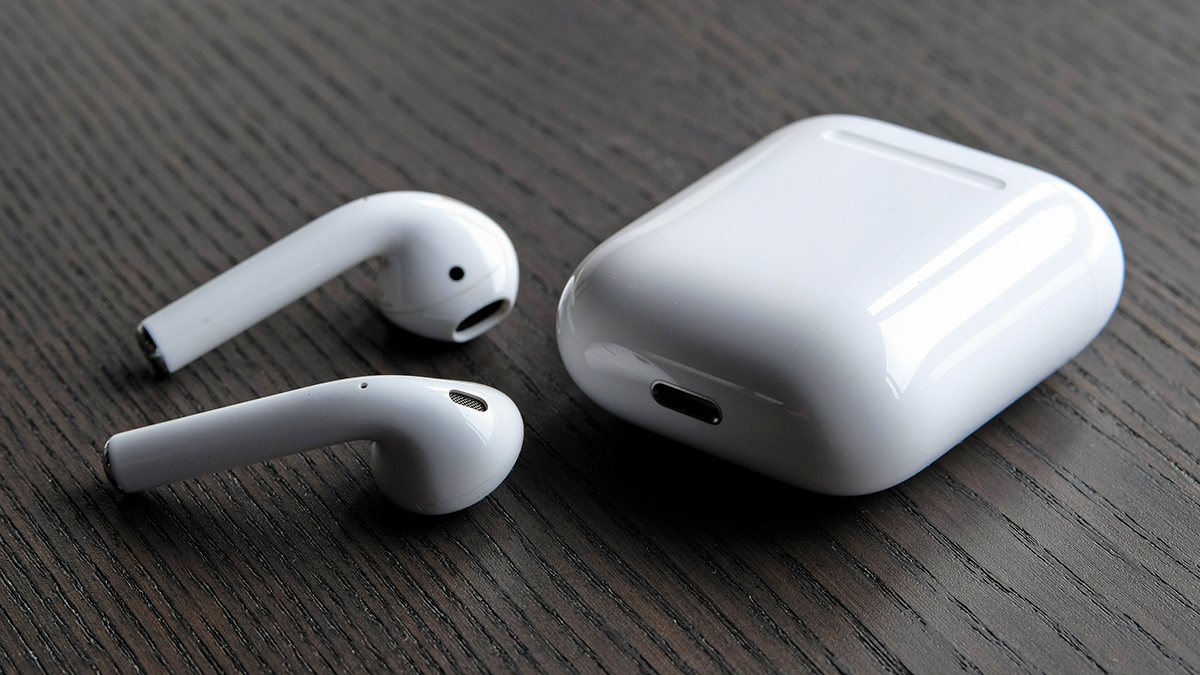
The step up was that they offered rock-solid connectivity compared to the competition, practical battery life, and Apple’s use of its ecosystem to avoid pairing hassles. They were as easy to use as Apple’s famous EarPods (introduced in 2012), but without the cable clutter.
And speaking of EarPods, perhaps Apple’s masterstroke was that they used almost the same design for AirPods as they did for their wired earbuds. Other companies designed something that looked new, which can be intimidating and worrying for people. How do you know they’ll be comfortable? Or that they’ll stay in place reliably? It would be a gamble to buy them as an early adopter.
So Apple took a step back from those earbuds. It made them look like older technology – like the earbuds people already had, but with the cord cut off. You could tell how well they would fit if you had tried them on, so there was no guesswork. It allowed Apple to make a long, thin case for them that had a familiar feel to it – their white, stick-like design was like pulling a cigarette out of a pack. You could be the audio equivalent of James Dean pulling out a cigarette and leaning it against the wall.
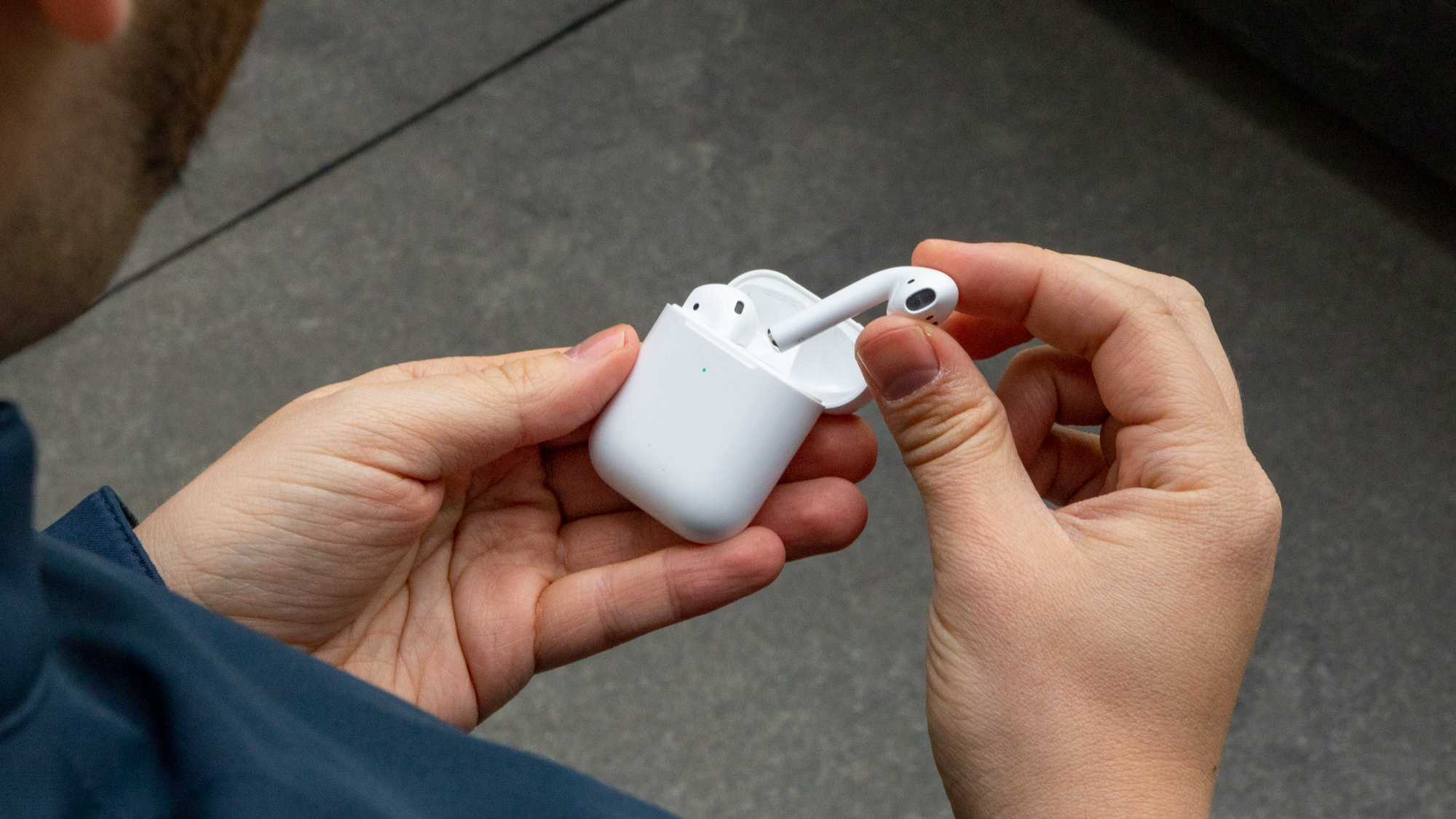
As I said above, I actually didn’t like it using this design. It started rubbing my ears pretty quickly and became uncomfortable. At the time, I also thought the stick design was ridiculous – it was only in retrospect that I saw how clever it was. I wanted something with the cool new round designs we were seeing elsewhere; my first true wireless earbuds were the Bang & Olufsen E8, released in 2017.
But AirPods gave the whole true wireless earbud world a huge boost. They became the best-selling headphone model in the world, and their visibility normalized the idea of going truly wireless. The standardized technology available for other earbuds quickly evolved to beat what AirPods could do and turn true wireless earbuds into the dominant form of headphones. We had competition from companies like Samsung and Sony, but also from hifi specialists like Master & Dynamic and Bowers & Wilkins who simply could not stay behind.
And the stick design… er, stuck. The AirPods Pro were a vast improvement over the design, and a number of competitors took inspiration from them. As recently as 2024, we first saw Samsung adopt the stick design to its Pro buds in the Samsung Buds 3 Pro, and it’s used in the fantastic Nothing Ear (a), among many other buds.
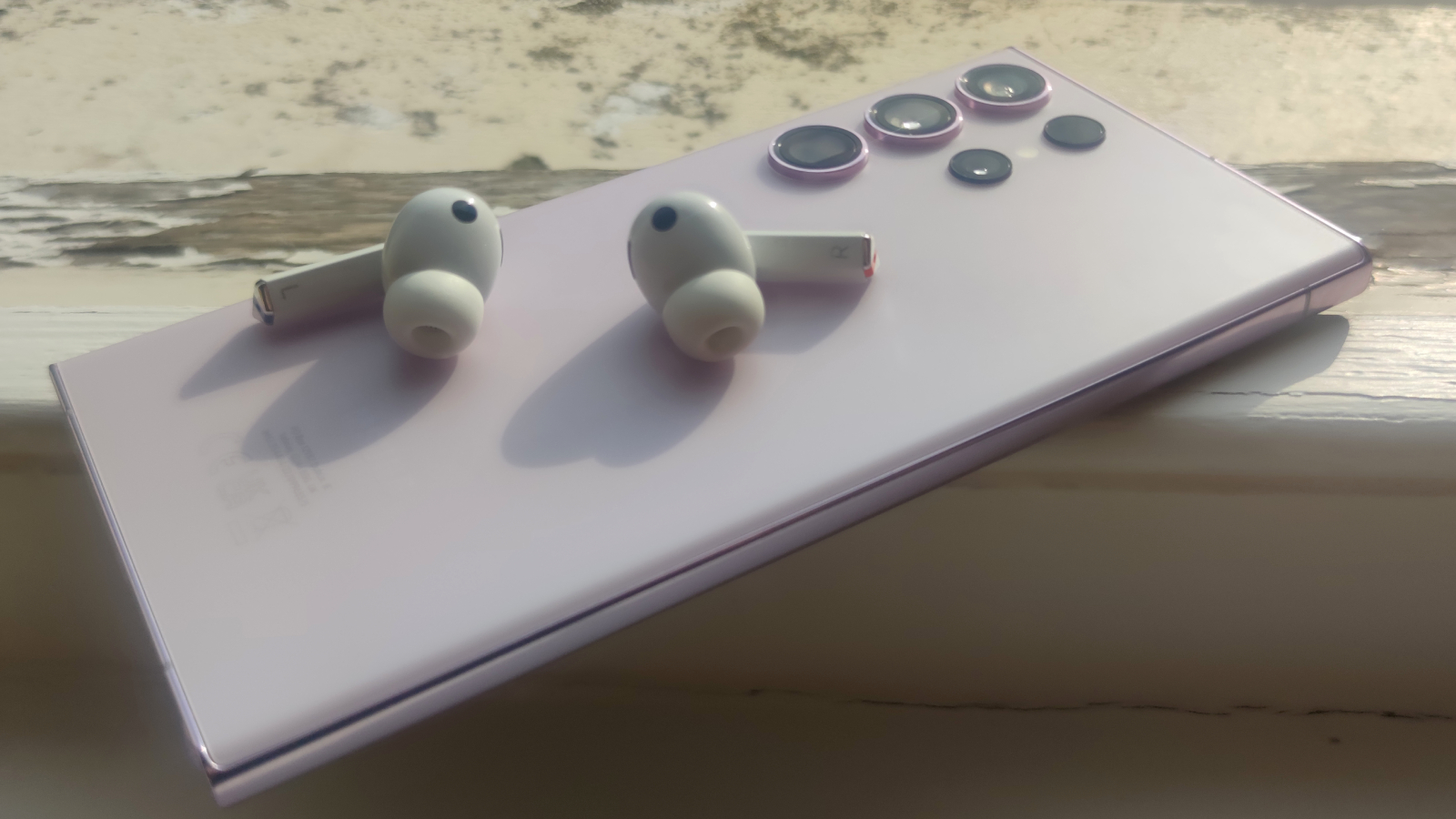
The strangest thing about the original AirPods design is how popular it remained right up until the end, considering how far other earbuds have surpassed the AirPods 2nd Gen in terms of value and comfort. The best cheap earbuds offer far better sound, more features, better battery life, and a more comfortable fit than the AirPods 2nd Gen, for a lower price — the Nothing Ear(a) being the best example.
And yet, every time we covered a sale event on TechRadar where AirPods dropped below $90, we found that they were usually the most popular product we’d promote, or at least in the top three. We’d give specific examples of other earbuds we thought were a better buy, but AirPods remained hot.
Maybe it’s that safety and reliability I was talking about earlier. Eight years is an incredibly long time for a design to stick around in the tech world, but you knew exactly what you were getting and the general public liked them. Of course I won’t miss the design, but there’s no doubt that we’re saying goodbye to a true modern tech icon.

